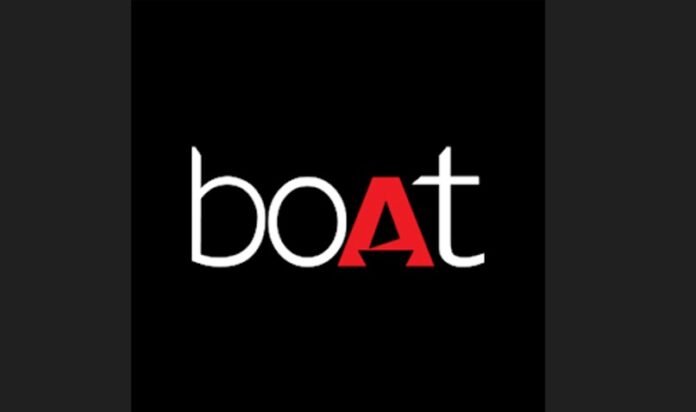In less than a decade, homegrown brand boAt has gone from a start-up challenger to India’s dominant player in the personal audio and wearables market. Now, as it prepares for its next phase, the company is demonstrating that scale, profitability, and governance can move together.
Imagine Marketing Limited — the parent company of boAt — has built one of India’s largest digital-first consumer businesses. Revenues have grown fivefold in five years, from ₹600 crore in FY20 to ₹3,100 crore in FY25, at a 38 per cent compound annual growth rate (CAGR). By FY25, boAt held a 26 per cent value share and 34 per cent volume share in India’s branded personal audio segment, maintaining the #1 spot for five consecutive years and ranking fourth globally by volume. The momentum continued into FY26, with double-digit growth and EBITDA margins improving to 6.6 per cent in the June 2025 quarter.
Dominating a growing market
boAt’s rise has been anchored in India’s $6-billion audio market, which remains underpenetrated as consumers shift to wireless and smart devices. Its mix of design, affordability, and aspiration has helped it stay ahead of global competition. The premium Nirvana range, priced between ₹2,000 and ₹3,000, now commands about 20 per cent market share by value, underscoring boAt’s connection with aspirational Indian buyers.
Beyond audio, the company has diversified into wearables and charging accessories, ranking among the top two to three brands in these categories. This broadens its growth base and positions boAt as a multi-category consumer technology platform.
Made-for-India manufacturing and innovation
Five years ago, boAt was heavily import-dependent. Today, nearly 75 per cent of its products are made in India, supported by local manufacturing partners and an expanding in-house R&D function. The company now offers over 250 products across price points and launches 100-plus new models annually, strengthening both its innovation and cost efficiency. The pivot to local production has helped improve margins and supply resilience.
From online-first to omnichannel
Starting as an online-first brand, boAt has steadily expanded its physical footprint. In FY25, online sales contributed 70.6 per cent of revenue, while offline reach grew to 12,000-plus stores across 25 states and five union territories, supported by 112 distributors and tie-ups with Croma and Vijay Sales.
This omnichannel strategy enhances accessibility and builds resilience as boAt expands deeper into Tier-II and Tier-III cities.
Capital efficiency and investor confidence
In an ecosystem often marked by high burn rates, boAt stands out for its capital-efficient, profitable growth. The founders retain nearly 50 per cent ownership, rare among scaled digital-first firms. Backed by Warburg Pincus (South Lake Investment Ltd), Qualcomm Ventures, and Fireside Ventures, the company has maintained strong governance and prudent capital management.
The smaller-than-expected IPO size being planned signals limited need for primary capital — a reflection of boAt’s profitability and investor confidence.
Building enduring institutions
boAt’s latest transition reflects a theme central to Warburg Pincus’s investment philosophy — helping visionary founders build enduring, professionally managed companies.
The elevation of COO Gaurav Nayyar to CEO, with Co-founder Sameer Mehta focusing on product and strategy and Co-founder Aman Gupta continuing to guide brand and marketing, marks a pivotal step in this evolution. The structure balances founder-led vision with professional governance, preparing the company for long-term institutional continuity.
Industry watchers say the move mirrors Warburg Pincus’s hallmark approach in India — supporting entrepreneurs in institutionalising their businesses while retaining their entrepreneurial spirit.
Setting a benchmark
From a start-up selling budget earphones to India’s leading consumer-tech company, boAt’s rise exemplifies the potential of disciplined, founder-driven innovation.
As it enters its next decade, boAt stands as a model for India’s maturing start-up ecosystem — proving that scale, profitability, and governance can coexist, and that with the right partnership, a start-up can evolve into a future-ready institution built to last.


